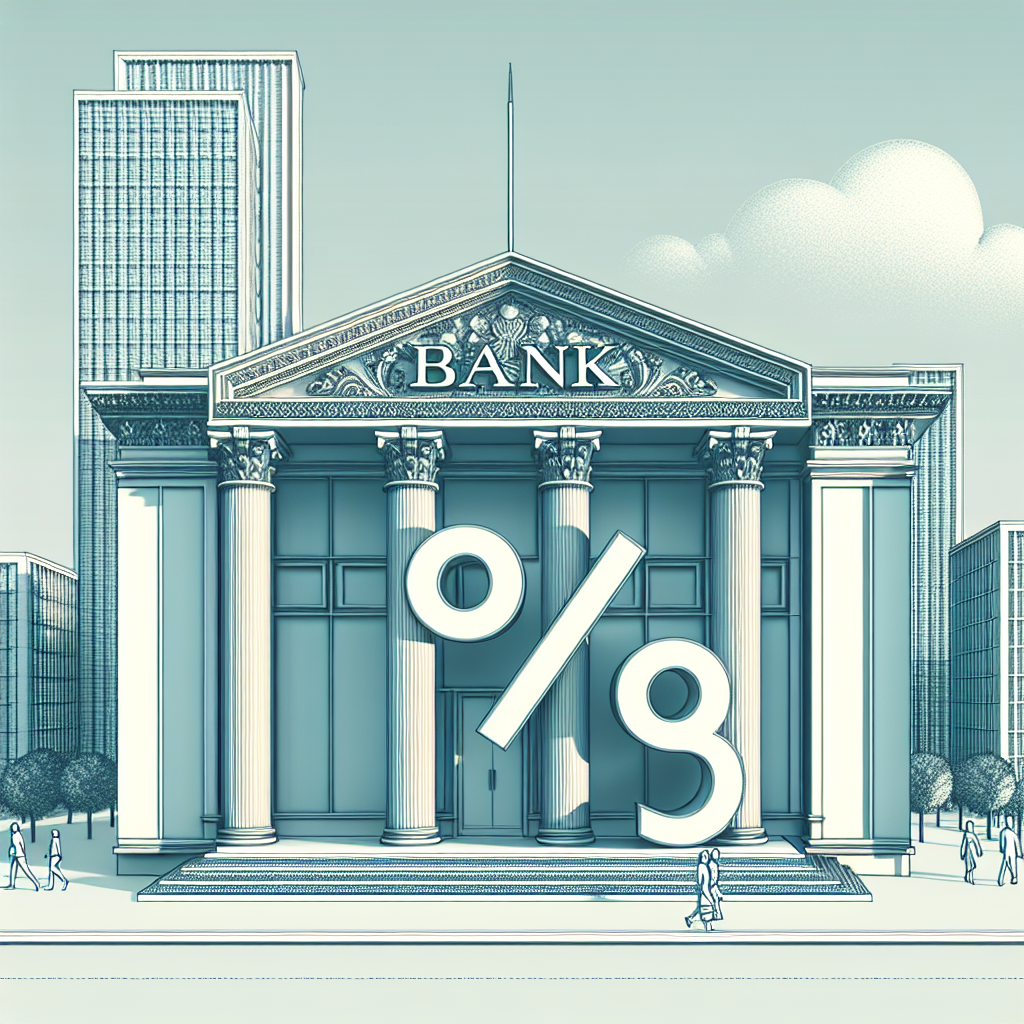With interest rates currently at more than two-decade highs and inflation affecting consumers, major banks are bracing for increased risks from their lending practices.
In the second quarter, JPMorgan Chase, Bank of America, Citigroup, and Wells Fargo all increased their provisions for credit losses compared to the previous quarter. These provisions are funds set aside by financial institutions to cover potential losses from credit risks, including delinquent or bad debt and commercial real estate (CRE) loans.
JPMorgan set aside $3.05 billion for credit losses in the second quarter; Bank of America allocated $1.5 billion; Citigroup’s allowance for credit losses reached $21.8 billion by the end of the quarter, tripling its reserve from the prior quarter; and Wells Fargo’s provisions amounted to $1.24 billion.
These increased provisions indicate that banks are preparing for a riskier environment, where both secured and unsecured loans could lead to greater losses. An analysis of household debt by the New York Fed found that Americans owe a cumulative $17.7 trillion on consumer loans, student loans, and mortgages.
Credit card issuance and delinquency rates are also rising as pandemic-era savings diminish and people increasingly rely on credit. Credit card balances totaled $1.02 trillion in the first quarter of this year, marking the second consecutive quarter where the total of all cardholder balances exceeded the trillion-dollar mark, according to TransUnion. CRE remains vulnerable as well.
“We’re still emerging from this COVID era, particularly in terms of banking and consumer health, due to the extensive stimulus provided,” said Brian Mulberry, a client portfolio manager at Zacks Investment Management.
However, any problems for banks are expected to surface in the coming months.
“The provisions seen in any given quarter don’t necessarily reflect the last three months’ credit quality; they indicate what banks anticipate will happen in the future,” said Mark Narron, a senior director in Fitch Ratings’ Financial Institutions Group. He added, “We’ve shifted from a system where provisions increased when loans started to fail, to one where macroeconomic forecasts drive provisioning.”
In the short term, banks are projecting slower economic growth, a higher unemployment rate, and two interest rate cuts later this year in September and December, according to Narron. This could mean more delinquencies and defaults as the year progresses.
Citi CFO Mark Mason observed that financial difficulties are largely concentrated among lower-income consumers, whose savings have diminished since the pandemic.
“While the overall U.S. consumer remains resilient, we’re seeing a divergence in performance and behavior across FICO scores and income bands,” Mason said during a call with analysts earlier this month. “Only the highest income quartile has more savings than they did at the beginning of 2019, driven by customers with over-740 FICO scores who maintain high payment rates and continue to spend. Lower FICO band customers are experiencing sharper drops in payment rates and increased borrowing due to high inflation and interest rates.”
The Federal Reserve has maintained interest rates at a 23-year high of 5.25-5.5%, waiting for inflation measures to stabilize towards its 2% target before implementing rate cuts.
Despite banks preparing for increased defaults in the latter half of the year, defaults have not yet risen to a level indicating a consumer crisis, according to Mulberry. He noted the difference between those who owned homes during the pandemic and those who rented. Homeowners benefited from locking in low fixed rates, while renters faced rent increases and higher living costs without the advantage of stable mortgage rates.
Mulberry highlighted that rents have risen by more than 30% nationwide from 2019 to 2023, and grocery costs have increased by 25% during the same period, putting significant strain on renters’ budgets.
However, Narron concluded that the latest earnings reports showed nothing new concerning asset quality, with strong revenues, profits, and resilient net interest income indicating a healthy banking sector. Mulberry agreed, stating, “The structures of the financial system remain very strong and sound, but we are closely monitoring the prolonged high interest rates and the added stress they cause.”
